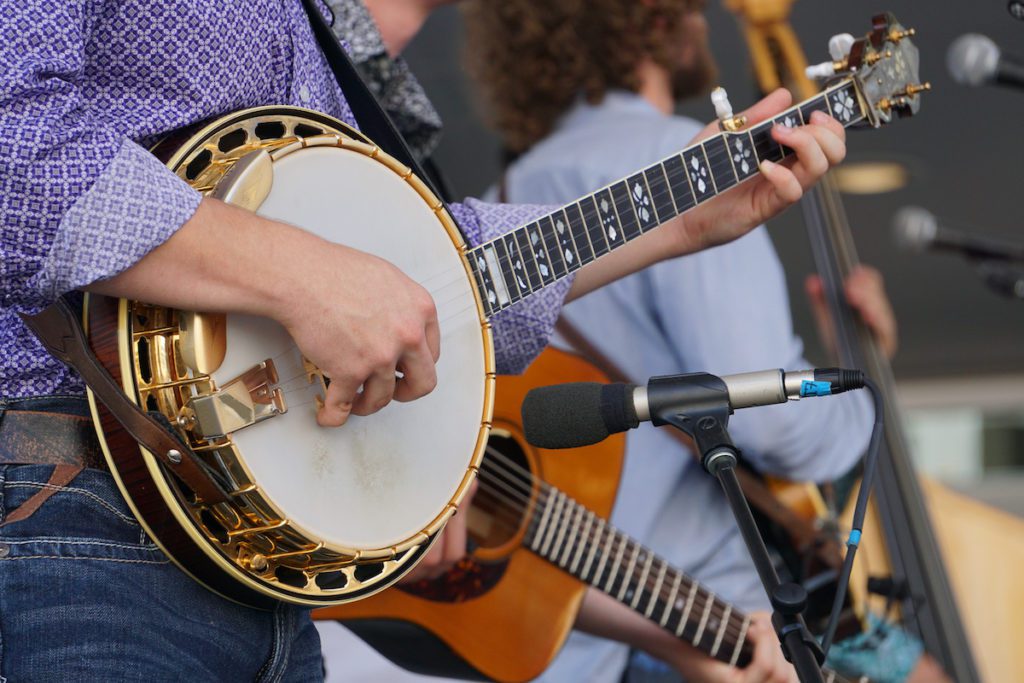The Bluegrass banjo is a musical instrument that has deep roots in American culture. It is a five-string banjo that is commonly used in bluegrass music, a genre of music that originated in the Appalachian region of the United States.

History and Characteristics of Bluegrass Banjo
The history of the Bluegrass banjo can be traced back to the African slaves who were brought to America during the 17th and 18th centuries. These slaves brought with them various instruments, including the banjo, which they had developed from their own traditional instruments.
The banjo that the slaves brought with them was a four-string instrument, but it was modified over time to include a fifth string, which was added to provide a lower bass note. This modification was made by Joel Walker Sweeney, a white banjo player from Virginia, who began to incorporate African rhythms into his music in the 1830s.
During the early 20th century, the Bluegrass banjo began to gain popularity, particularly in the Southern United States. It was used extensively in country music and was played by musicians such as Earl Scruggs, who developed a unique style of playing that incorporated complex fingerpicking techniques.
One of the defining characteristics of the Bluegrass banjo is its open-back design. Unlike other banjos, which have a resonator attached to the back of the instrument, the Bluegrass banjo has an open back that allows for a more mellow sound. The strings are typically made of steel and are tuned to the notes G, D, G, B, and D.
Another key characteristic of the Bluegrass banjo is its use of a fingerpicking technique known as “Scruggs style.” This style involves using three fingers to pluck the strings, with the thumb playing the fifth string and the index and middle fingers playing the other four strings. This technique allows for rapid and complex fingerpicking that is a hallmark of Bluegrass music.
In addition to the Scruggs style, there are other fingerpicking techniques used in Bluegrass music, such as the “clawhammer” or “frailing” style, which involves striking the strings with the back of the fingernail or with a small wooden dowel.
Today, the Bluegrass banjo continues to be a popular instrument in the United States and around the world. It is often played in Bluegrass bands, but it is also used in other genres of music, such as folk and country.
In recent years, there has been a resurgence of interest in traditional American music, and the Bluegrass banjo has played a key role in this revival. Many young musicians are learning to play the instrument, and there are now numerous Bluegrass festivals held around the country each year.
In conclusion, the Bluegrass banjo is a unique and important part of American music history. Its African roots and its evolution over time have made it a truly distinctive instrument, and its distinctive sound has made it a beloved part of the Bluegrass and country music genres. Whether you are a seasoned musician or a beginner, the Bluegrass banjo is an instrument that is worth exploring and experiencing.

